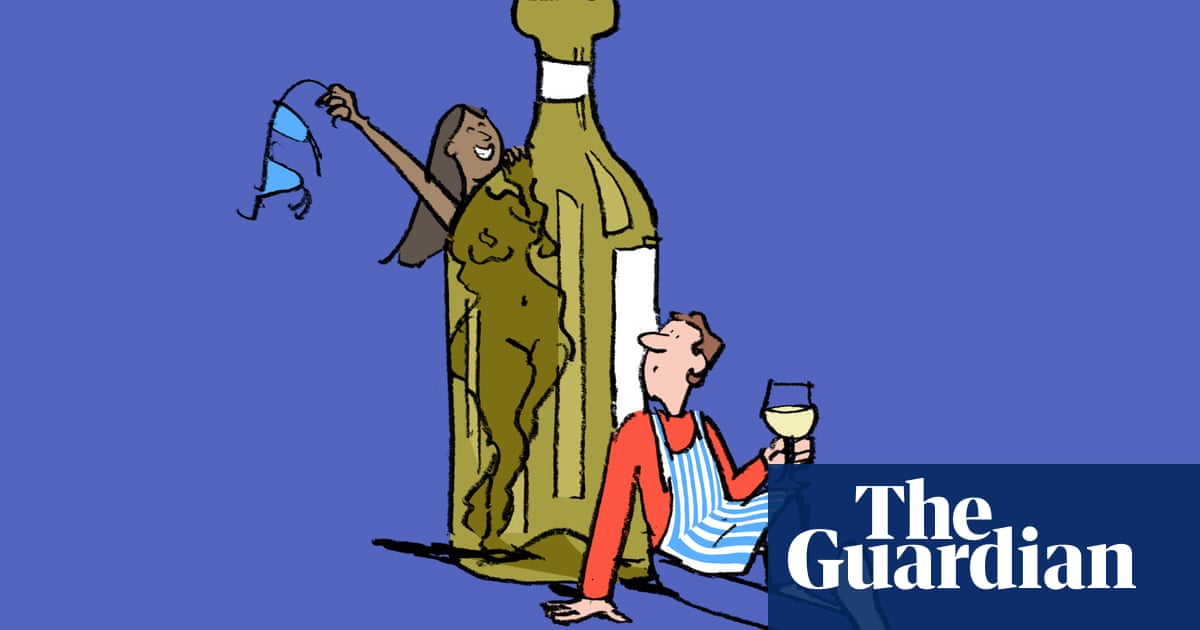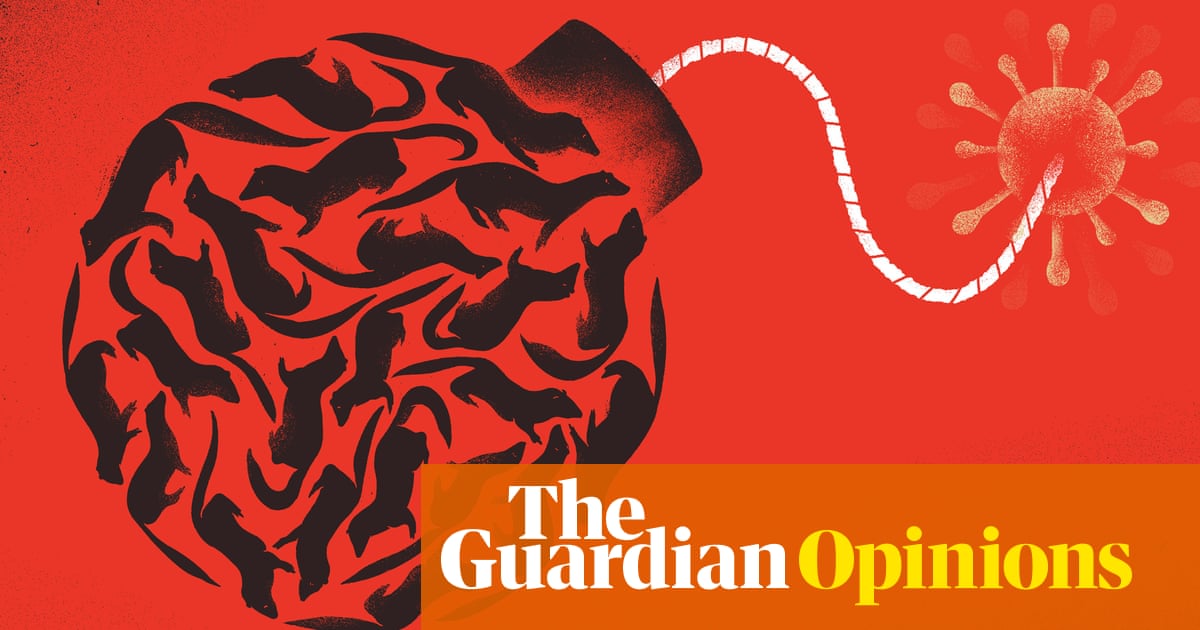
Last weekend the etiquette of an entire nation was flung into confusion when King Charles fist bumped a cricketer. While hosting the West Indies cricket team at Buckingham Palace last Saturday, the opening batter Mikyle Louis presented a fist to his majesty. In return, the king pounded it like a champ.
So what does this mean? If the monarch is fist bumping all over the place, should we be fist bumping as well? If I have a job interview tomorrow, should I just breeze in and start dapping everyone?
“The king isn’t going around fist bumping everyone willy-nilly,” chides Jo Bryant, an etiquette consultant. “Within the context of the moment, he was offered the opportunity to fist bump someone and he took it. It’s really all about context. If I’m meeting an old friend, I’m not going to go up and shake their hand. Then again, if I’m meeting a new business client, I might offer the handshake first. You have to ask yourself if it’s a relaxed scenario or a formal one.”
In that context, then, returning the fist bump was the polite thing for King Charles to do. “If he’d refused,” adds Bryant, “it would have made him look very stupid and old.”
Indeed, because it came from a cricketer, the gesture seemed completely appropriate. “The fist bump probably originated from sportsmen signalling a willingness to play fair before a contest,” says Prof Penelope Corfield, of Royal Holloway University, who has written a paper on the social spread of the handshake in the 18th and 19th centuries. After all, watch boxers touch gloves before a fight and you are essentially watching a fist bump.
But over the years, thanks in part to the outraged rightwing response to the sight of the Obamas fist bumping in 2008 (one Fox News anchor called it a “terrorist fist jab”), the gesture has become more racially complicated over the years. This has been enough to send white progressives into such flurries of awkwardness that in 2017 Oprah Winfrey produced a video entitled “Is it cultural appropriation if a white person fist bumps?” That the question even had to be asked probably isn’t a good thing.
The alternatives do not offer much more comfort. You could always hug someone hello, but that’s rife with potential errors. Is it too intimate? How long should a hug last? What if – and this is entirely hypothetical – it’s a warm day and you are worried about your sweaty back and you overthink it and bury your head in the other person’s neck like you are trying to give them a lovebite?
It still might be worth it. “When people think about hugs, they’re probably thinking about greetings between close friends or supportive hugs,” argues Michael Banissy, a social neuroscience professor and author of When We Touch. “This sort of hug can have really broad impacts on our health and our wellbeing. One study showed that people who hugged more were less likely to develop symptoms of the common cold than those who didn’t.”
Happily, though, Banissy also points out that you do not need to be a hugger to feel the benefits of a physical greeting. “There are other studies showing that any positive touch has a benefit in a sporting environment,” he says. “Not just hugs but handshakes and fist bumps. There’s a relationship between teams that engage in more of those types of behaviours and their performance. In short, they tend to win more games.”
But this is not to say that the handshake is going anywhere. Corfield says the gesture is ancient – there is a bas-relief from the ninth century BC of the Assyrian king Shalmaneser III shaking the hand of the Babylonian monarch Marduk-zakir-shumi I – and has been used by non-leaders as a show of faith and amity for several hundred years. It is also, she adds, a happily egalitarian move, since both parties have to meet each other where they are. This is in marked contrast to the days where we were expected to bow to our superiors.
Then again, not everyone is a fan. “Personally, I’d like it if handshakes went away,” says Banissy. “I find them a bit too formal, and quite gross. But there is a real importance to tactile greetings, to share this sense of support and trust and cooperation. So if King Charles wants to shift our direction with fist bumps, I could get behind that.”












